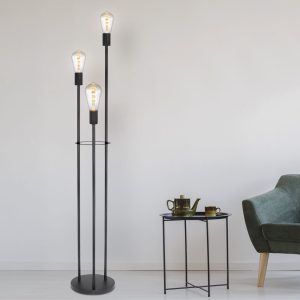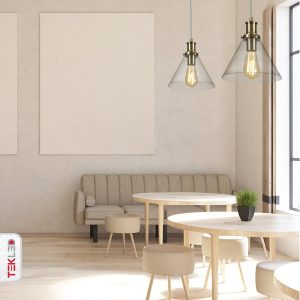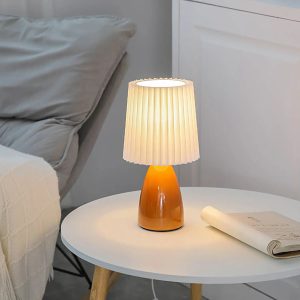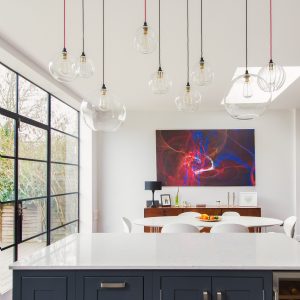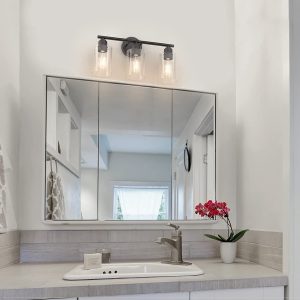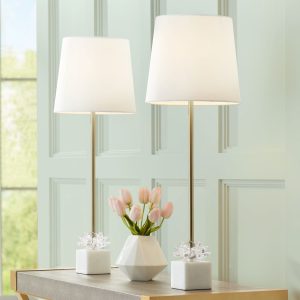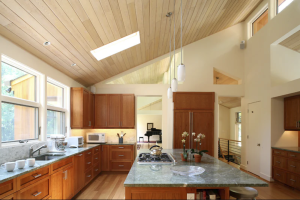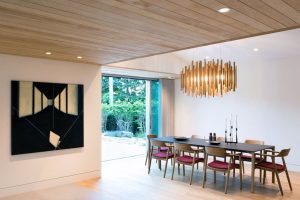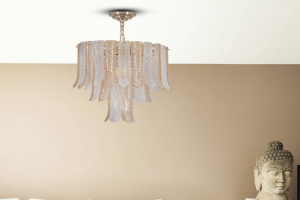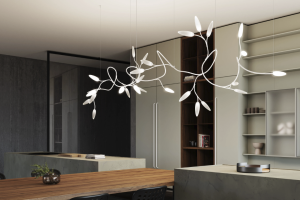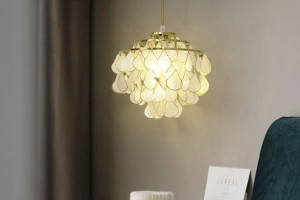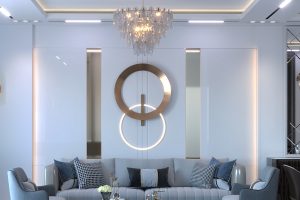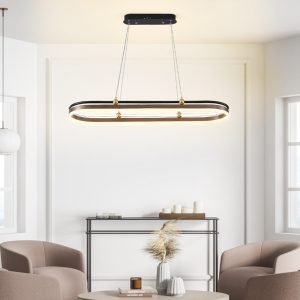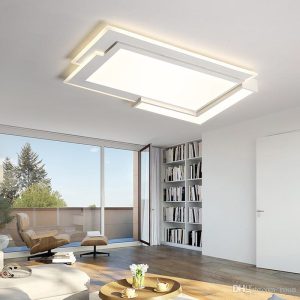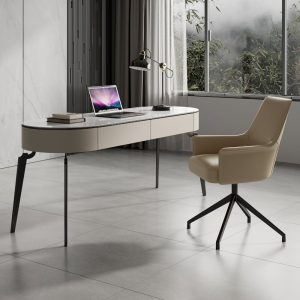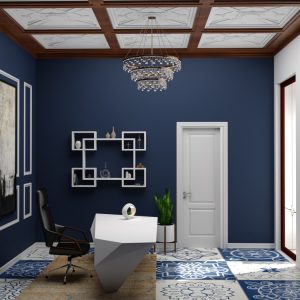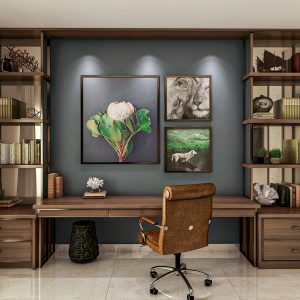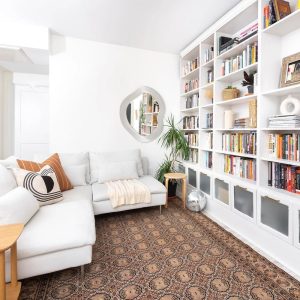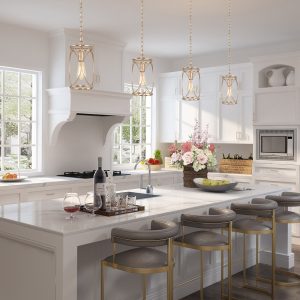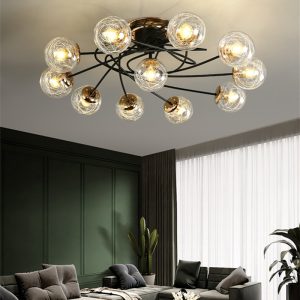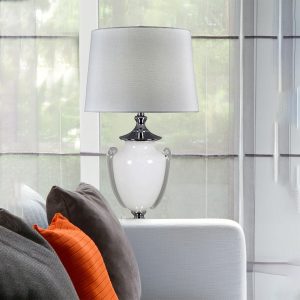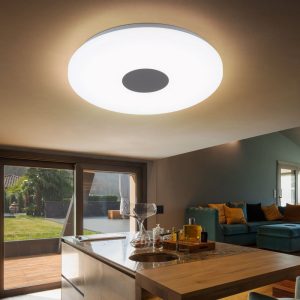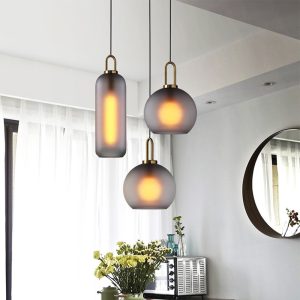Introduction
Kitchens are not only a place where meals are cooked, but they also serve as a gathering spot for family and friends to enjoy. Therefore, it is essential to have proper lighting in the kitchen that not only enhances the aesthetics but also provides functional illumination. In this article, we will discuss various lighting options that can be used to create the perfect ambiance in your kitchen.
Natural Lighting
The first and most important source of illumination in any room is natural light. Large windows or skylights can let in plenty of natural light, which not only improves the overall appearance of the kitchen but also provides health benefits. Studies show that natural light can have a positive impact on mood and productivity levels, making it a great addition to any kitchen. However, too much natural light can lead to glare and unwanted heat. Therefore, it is essential to have control over the amount of natural light that enters the kitchen. Installing curtains, blinds, or shades can help manage the amount of light entering the kitchen.
Task Lighting
Task lighting is an essential factor to consider when designing the lighting layout for your kitchen. It is the specific lighting that is directed towards a particular area, allowing you to perform a particular task with ease. Under-cabinet lighting is a common type of task lighting that provides direct illumination to the countertop, making it easier to prepare food. Pendant lights are another popular option that can be installed above the kitchen island or dining table, providing functional and aesthetic lighting.
Ambient Lighting
Ambient lighting helps to create a warm and welcoming atmosphere in the kitchen. It is indirect lighting that can be used to provide overall illumination to the entire room. It can be achieved by installing recessed lighting fixtures or wall sconces. Dimmer switches can also be used to adjust the amount of ambient lighting, allowing you to set the mood according to the occasion.
Accent Lighting
Accent lighting is a decorative form of lighting that is used to highlight specific features in the kitchen, such as art pieces or architectural details. It can be achieved by installing spotlights or track lighting, which can be directed towards the desired area. Accent lighting can not only enhance the aesthetics of the kitchen but also draw attention towards specific features.
Conclusion
In conclusion, designing the perfect lighting layout for your kitchen can significantly improve the overall aesthetics and functionality of the space. The combination of natural, task, ambient, and accent lighting can create the ideal ambiance that suits your needs. So, consider these various lighting options when designing your kitchen to make it an attractive and functional space for your family and guests.

